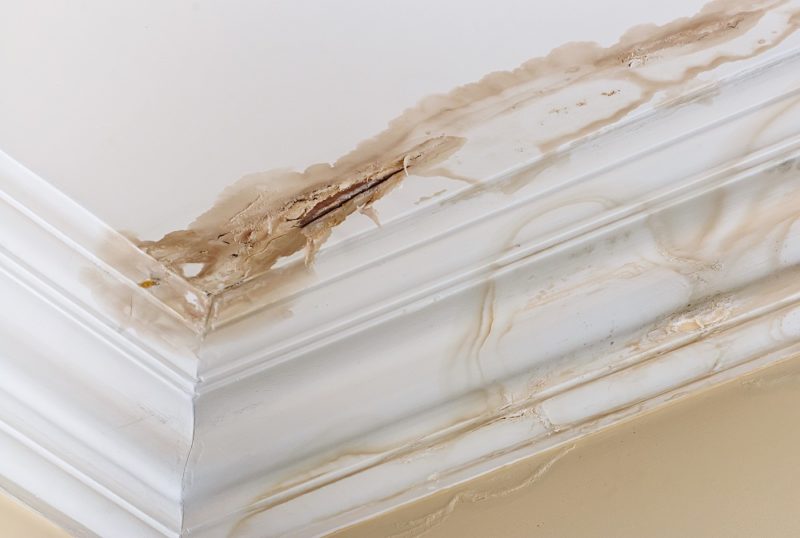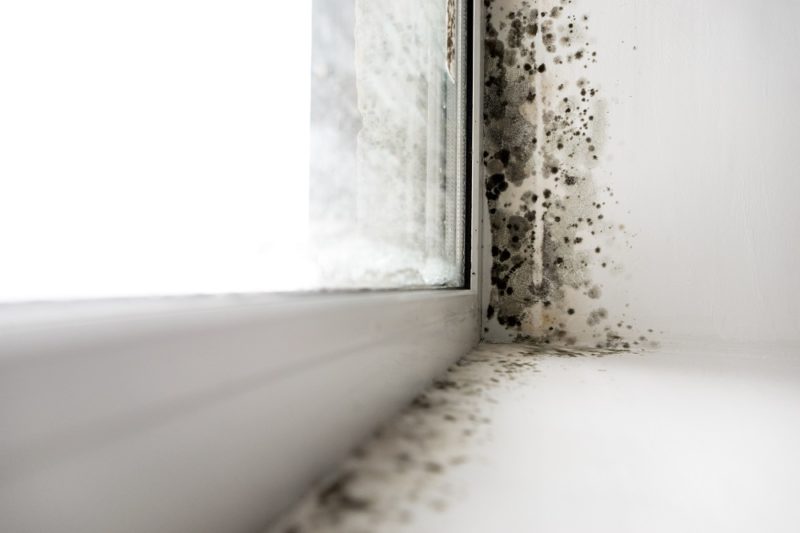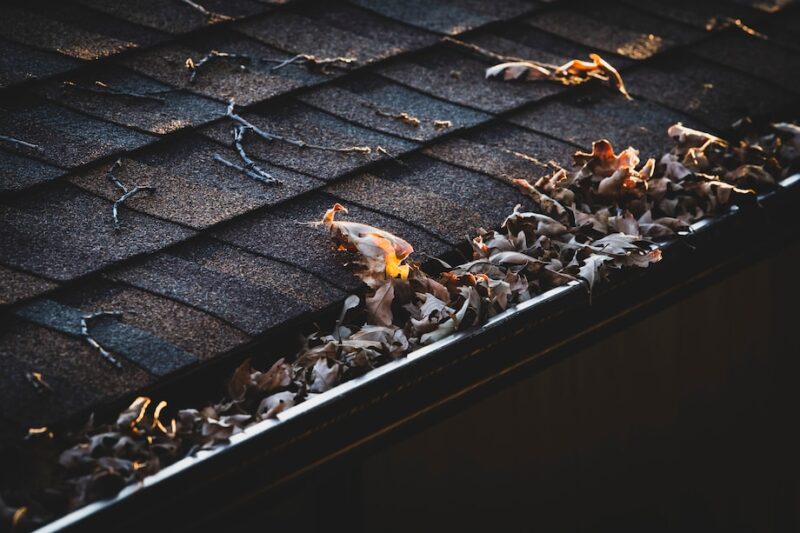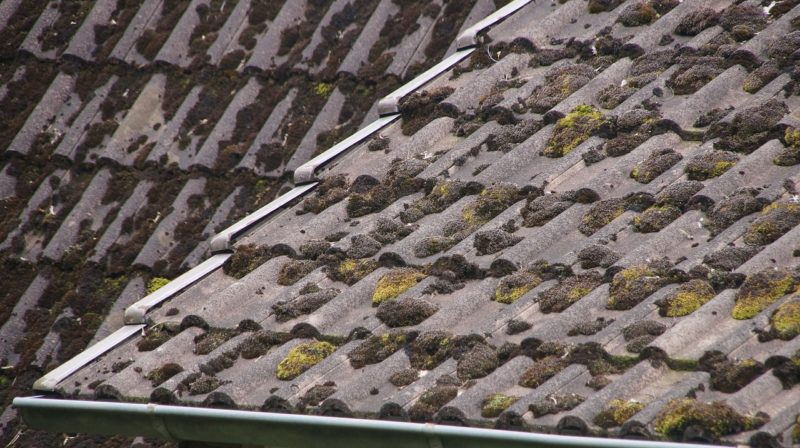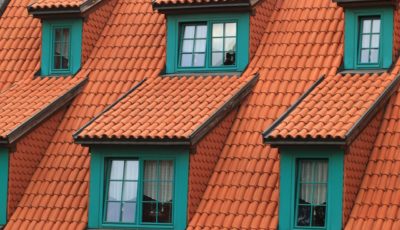6 Signs It’s Time to Replace Your Home’s Roof
A vital part of the system that shields you and your possessions from the weather is the roof of your house. With time, deterioration can build up and lead to issues. This piece will explore six signs that indicate it might be time to replace your roof, ensuring your home remains a secure and weatherproof shelter.
1. Visible Shingle Damage
Visible shingle damage is a key indicator that your roof may require attention from a professional contractor, especially if you’re considering a replacement. Shingles that are missing, damaged, or curled affect your roof’s functioning in addition to its appearance. Water may flow through shingles that are curled or cracked, causing leaks and possible water damage. Missing shingles expose the underlying structure, making it vulnerable to the elements. It’s wise to speak with a knowledgeable contractor who specializes in replacing shingle roofs when faced with such problems. They can assess the extent of the damage, recommend suitable replacement materials, and ensure that your new shingles are installed correctly. Choosing a reliable contractor with expertise is crucial for maintaining the structural integrity and visual appeal of your roof, ultimately enhancing the overall value of your home. For example, if you live in Texas, you’d want to contact an Austin shingle roof replacement contractor for your repairs.
2. Water Stains on Ceilings and Walls
Not only do water stains on walls and ceilings look bad, but they may indicate a roof leak that has to be fixed right away. These stains are evidence that water is infiltrating your home, likely from a compromised roof. As soon as you see water stains, you need to act quickly. Begin by locating the leak’s origin, which can require a careful examination of the roof. Hiring a professional roofer with expertise in diagnosing and repairing leaks is advisable. They can pinpoint the exact location of the issue and recommend the necessary repairs or, in some cases, a roof replacement. In addition to preventing more damage to your house, prompt action guarantees the safety and health of your living space. Addressing water stains will contribute to the longevity of your roof and maintain the integrity of your home’s interior.
3. Mold or Moss Growth
The presence of mold, moss, or algae on your roof is not merely an aesthetic concern; it signifies potential issues with moisture retention that can have more profound consequences. Given that these organisms prefer wet settings, moisture is likely trapped against the roofing components of the roof. Over time, this moisture retention can lead to the decay of roofing materials, compromising their structural integrity. Mold growth, in particular, poses health risks and can negatively impact indoor air quality if it infiltrates your home. You must take care of this problem to stop more damage and extend the life of your roof. Hiring a professional roofing service to clean and treat your roof can eliminate these growths and help prevent their return.
4. Sagging Roof Deck
A drooping roof deck is a dead giveaway that there are structural issues with your roof that need to be fixed right now. A sagging roof can result from a variety of issues, such as water damage, weakened supports, or even compromised roofing materials. A drooping roof can cause more serious and expensive damage to your house if it is ignored. Hiring a competent roofing contractor is essential to do a comprehensive examination and determine the extent of the structural problems. To stop future degradation, the sagging’s underlying cause has to be found and fixed. The contractor may recommend repairs to reinforce the roof’s structural integrity, replace damaged materials, or address any underlying issues contributing to the sagging. Early intervention is necessary to prevent future, more costly, and severe repairs. Ignoring a sagging roof could lead to increased vulnerability to weather-related damage, compromise the safety of your home, and diminish its overall value. Addressing structural concerns ensures the continued stability and functionality of your roof, safeguarding your home and investment.
5. Granule Loss in Gutters
Granules in your gutters might be a warning indication that the life of your roofing shingles is almost over. Granules used to make roofing shingles offer defense against UV rays from the sun and bad weather. These granules may wear out with time from exposure to the weather, and you may observe granule shedding in your gutters. Shingles become less resilient due to granule loss, which increases their vulnerability to UV, rain, and wind damage. Additionally, the granules play a crucial role in the aesthetic appeal of your roof, contributing to its color and texture. It’s best to get a professional roofing check if you see a substantial number of granules in your gutters. The inspection will assess the condition of your shingles, determine the extent of granule loss, and provide recommendations for necessary repairs or a potential roof replacement.
6. Age of the Roof
When determining the overall condition of your roof and whether it needs replacement, its age is one of the most crucial considerations. Generally speaking, asphalt shingle roofs last between 20 and 25 years, however, this can vary depending on several factors including temperature, upkeep, and the caliber of the materials utilized. Your roof will naturally deteriorate with age and lose some of its resistance to the weather. Shingles may become brittle, lose granules, and be less effective in protecting your home from rain, wind, and other environmental factors. As your roof gets closer to the end of its anticipated lifespan, routine inspections become more crucial. If your roof is nearing or surpassing the 20-year mark, it’s advisable to have a professional roofing inspection. An expert roofer can evaluate the state of your shingles, spot any degradation, and make suggestions for any repairs that need to be done or a full replacement.
Conclusion
Regularly inspecting your roof for these signs can help you identify issues early and avoid more extensive damage. Consult a roofing expert if you observe any of these symptoms so they can evaluate the state of your roof and advise you on whether to replace it.


